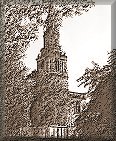Restoration Work
The pews were rebuilt using some of the panels from the old box pews. The lower parts of the piers were encased with wood framing and this had to be removed and a base moulding added to cover the brickwork. Tiles replaced the flagstone floor in the body of the Church. The West doors were modified. To give more efficient lighting, the church was lit by gas appliances in the nave with standards or brackets under the galleries. (Pendant electric light fittings replaced these gas fittings in 1905). The pulpit (installed on the South) was replaced, as was the font, and new communion rails were set in place. This work was carried out by G & F Higham of Castle Street. This work on the interior, pews, font and pulpit can he seen today. The cost was something like £2000.
More recently the ravages of time necessitated urgent action on the fabric of St John's. Urgent repair work to the ceiling and roof of the church was carried out in the 1930s. An entirely new electric lighting system was installed. Plans to continue with the restoration had to be abandoned due to the outbreak of war. Immediately the war was over, appeals were made to finance the restoration of the stonework and the organ.
The generosity of the chief benefactors, Mr. and Mrs. Charles Hayward, is acknowledged on the plaque in the west porch.
In his early days he produced the first sidecar body for John Marston's Sunbeam motor cycle. Later, as head of Firth Cleveland Group, he founded the Charles Hayward Foundation. This charity has funded many local causes in recent years. Through the generosity of the Hayward Trust, and with many private gifts of considerable worth, the church restoration of the exterior ashlar stonework was continued in stages to completion in 1979.
In 1987 the interior was partially re-ordered. Pews were removed at the front and rear of the church to provide more free space. The acoustics of the church are superb, and it is frequently used for public concerts and musical events. At the suggestion of a lifetime member, Mr. Len Turvey, the name of the church was changed to St John's in the Square. This was felt to be more appropriate and avoids confusion with other churches with the name, St John, in the town .
The spire, which was struck by lightning in 1999, sustained a certain amount of damage, and this had to be repaired. Two exciting things happened in 2000. A grant from European Development fund enabled both west vestries to be converted into much needed toilet and refreshment accommodation; and a new Minister's vestry to be established in the North Chapel. This has greatly improved the use of the church for large events, both spiritual and secular. The church will also be externally illuminated by a scheme devised by David Ward as part of the Wolverhampton Millennium Project, "Out Of Darkness". Today the completely restored exterior, with its black painted doors, gives us an opportunity of seeing the church in its original condition. As a town centre church it is ideally situated as an action centre for expressing, through its congregation and priest, the outreach of "Faith in the City". |
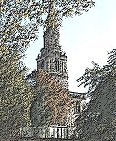
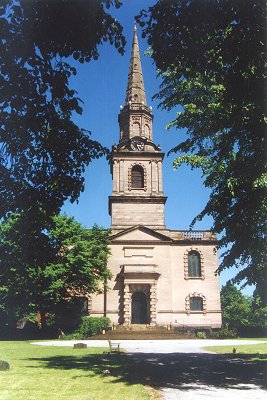 Photo by Derek Thom.
Photo by Derek Thom.
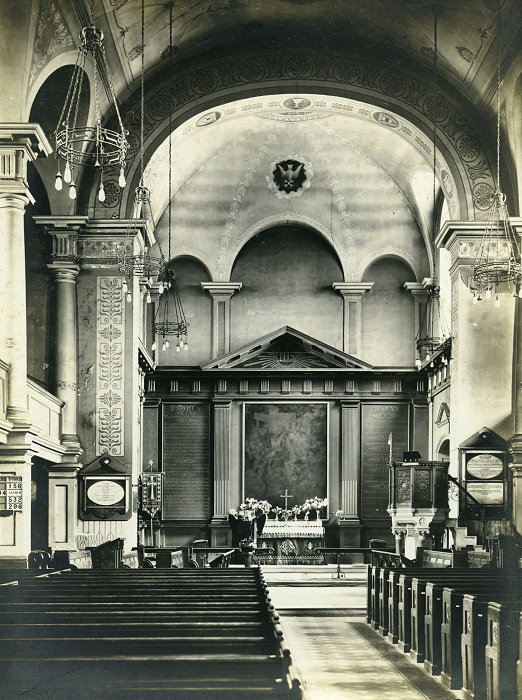
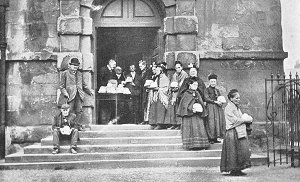
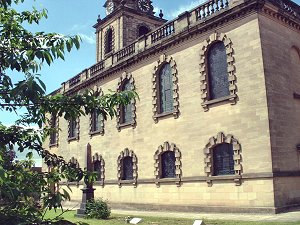
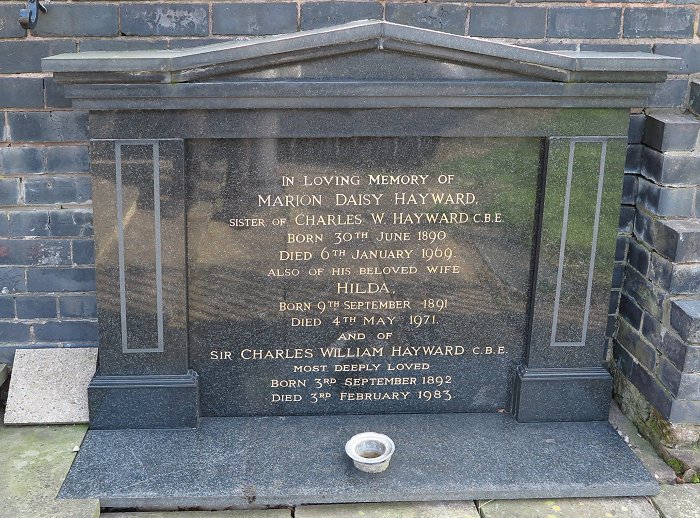
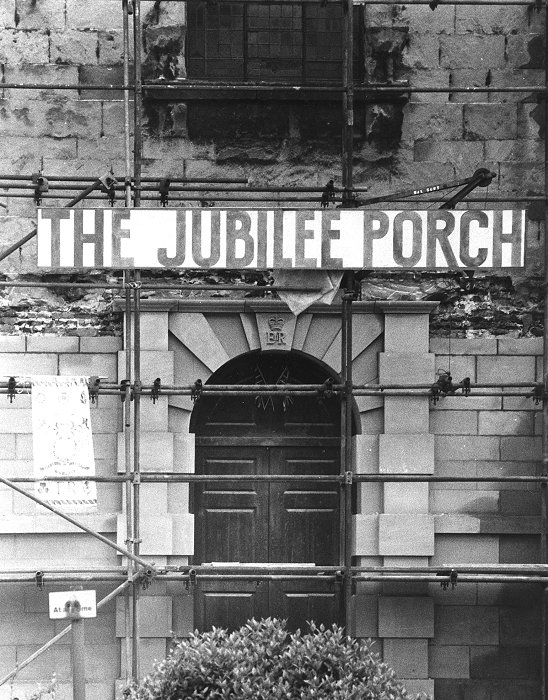
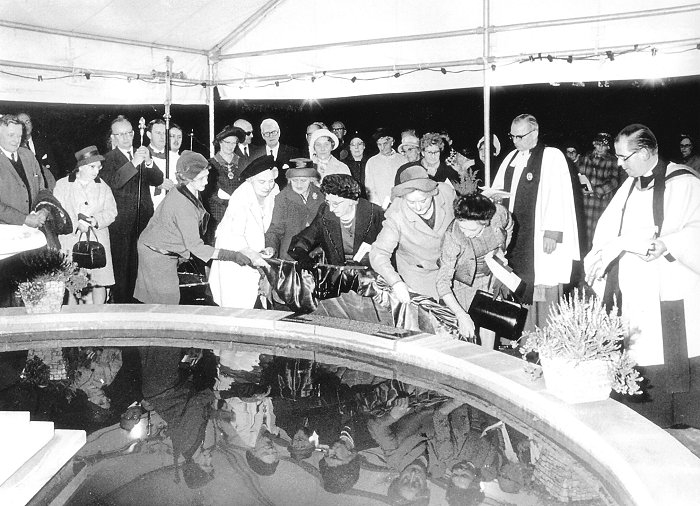
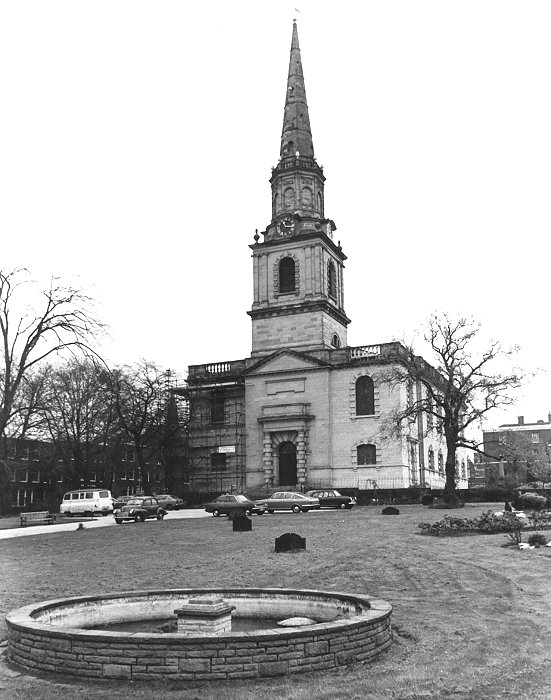
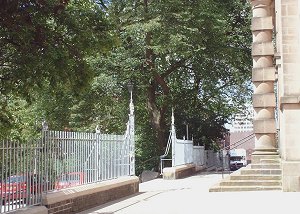 The scene at the west front.
The scene at the west front.